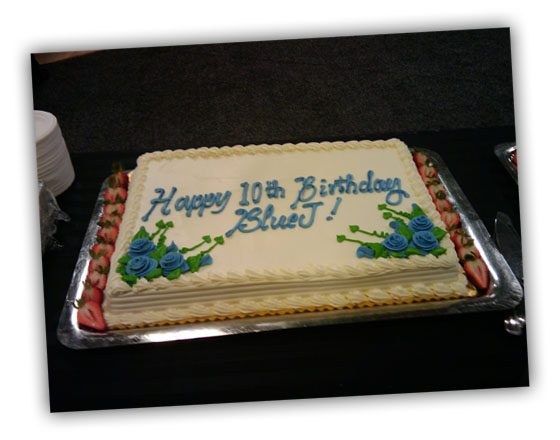Our Greenfoot project has been going well for a while. The software has been stable for a couple of years now, whenever we presented it we got excellent feedback, and user number have steadily grown (to about 20,000 downloads a month at the moment).
There was, however, one big gaping hole: easy availability of good teaching material. Educational software in itself actually has very little impact – no matter how good it is – if there is not also teaching material available that teachers can easily take and use.
The first step in addressing this was the writing of the Greenfoot textbook. This is done now and was published last year. But we wanted to go a step further. So now we have:
The Greenroom is a community web site, where teachers can find and share teaching material, discuss ideas or problems, and communicate with each other and the Greenfoot development team.
We have adopted a wiki-style ownership model for teaching resources on that site: Instead of resources being owned by their original creator (as is the case in other resource repositories), here they are owned by “the community”.
Of course, proper credit is given to the creator (and all other contributors), but any resource is editable by anyone on the site. We hope that this may lead to collaborative development of resources. Maybe someone has a worksheet that they can upload, others can improve is, add exercises, translate it to other languages, or add ideas.
Resources may even be just an initial project idea, where another Greenroom member then might take up the idea and develop a small project, someone else might add exercises, and so on.
The idea of this style of collaborative development is quite ambitious, and it is not at all clear whether it will work. But one can always hope!
So far, the beginnings are looking promising: We opened the Greenroom less than three weeks ago, and so far there are already more than 200 teachers subscribed, and more than 20 different resources available. I am carefully optimistic.
In future, we plan to extend the Greenroom to add more local information, so that members can see groups and events in their local area that might be relevant to them.
Let’s see where it goes. For now, I just find it exciting to watch how people start to communicate in the Greenroom.







